Geomechanics
Slow slip (aseismic) events and earthquakes may also occur on the same particular fault, as shown by many seismological and geodetical studies, suggesting that contact on faults is itself heterogeneous (figure 2).
The deformations produced by slip reactare usually monitored from the earth surface by a set of geophysical sensors (seismometers, creep/sarin-meters, GPS, …).
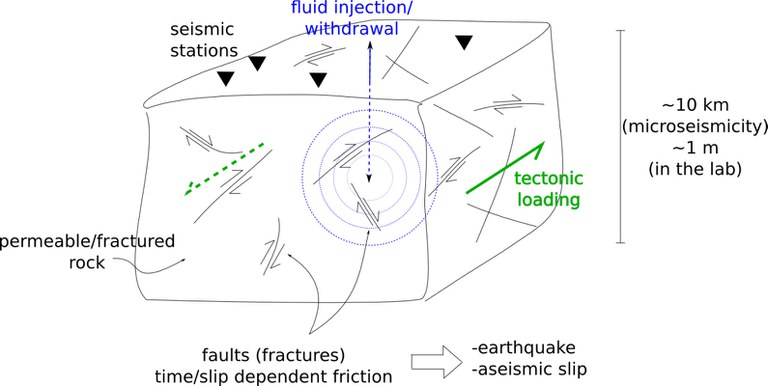
Figure 1 : conceptual model of a fractured and permeable geological reservoir
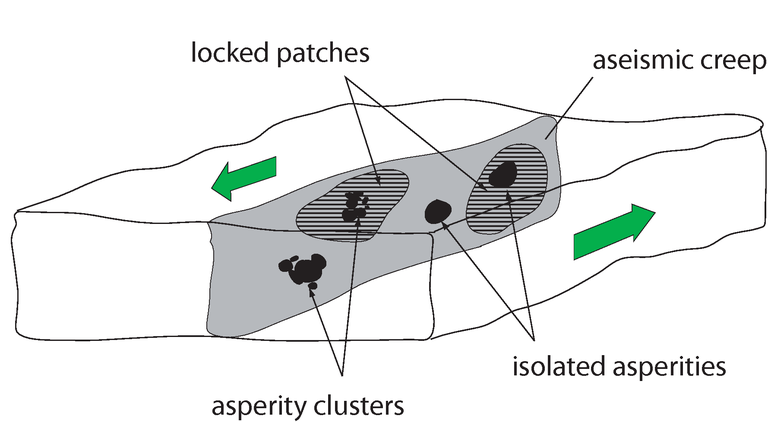
Figure 2 : conceptual model of a heterogeneous fault
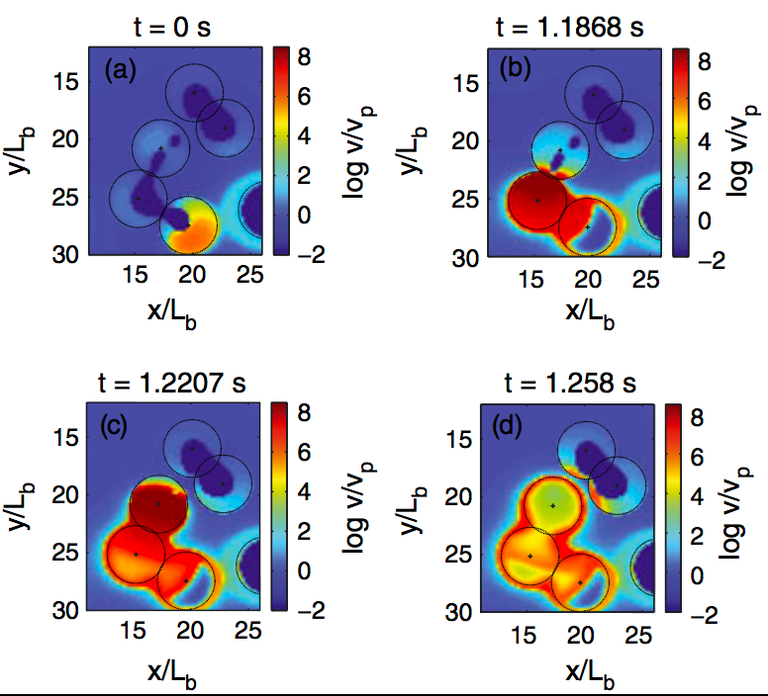
Figure 4 : Map view of the propagation of a quasi-dynamic rupture (earthquake) on a set of 4 coplanar seismogenic asperities (black circles) surrounded by frictionally stable barriers. Colors represent normalized slip rate on the fault (v/vp). Results were obtained with the quasi-dynamic rate-and-state asperity model developped by (Dublanchet et al., 2013).
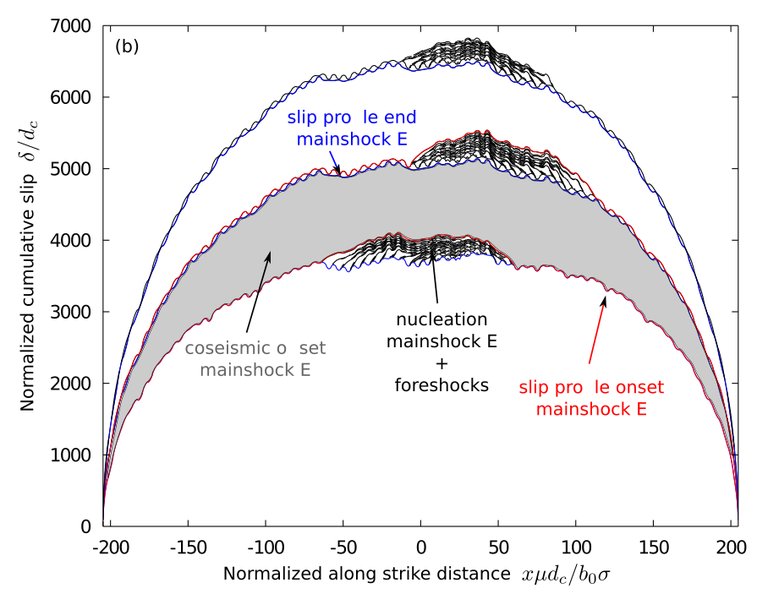
Figure 5 : Simulated slip accumulation on a heterogeneous rate-and-state frictional crack undergoing constant remote tectonic loading. The grey area corresponds to a major earthquake (mainshock E). Its occurrence is preceded by a sequence of small foreshocks and accelerated aseismic slip (nucleation phase). Modified from (Dublanchet, GJI, 2018).
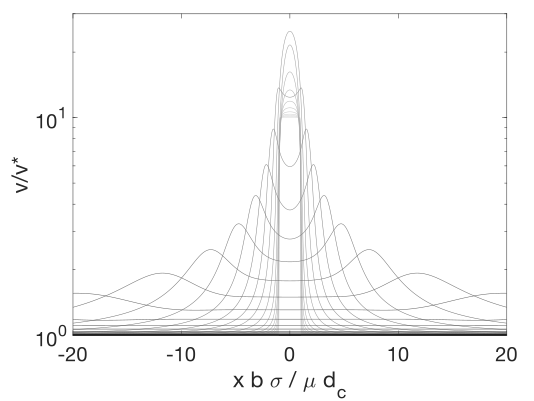
Figure 3 : Simulated slip rate ransient on an intfinite velocity-strengthening rate-and-state fault triggered by a localized fluid injection (at x=0). Darker profiles correspond to later times after the injection. Slip rate on the fault is first excited around the injection. While decaying in amplitude, he slip rate perturbation expands along strike. Modified from (Dublanchet & Viesca, 2017).
Main references :
- Dublanchet, P., The dynamics of earthquake precursors controlled by effective friction, Geophysical Journal International,, Vol. 112, Issue 2, 2018
- Almakari, M., Dublanchet, P., Chauris, H., Injection-induced seismicity controlled by the pore-pressure rate, EGU General Assembly, 2018
- Dublanchet, P., Viesca, R.C. Dynamics of Fluid Induced Aseismic Slip, 79th EAGE Conference and Exhibition, Paris, 2017
- Dublanchet, P., Bernard, P., Favreau, P. (2013), Interactions and triggering in a 3D rate-and-state, asperity model, Journal of Geophysical Research : Solid Earth, 118(5) : 2225-2245, 2013
